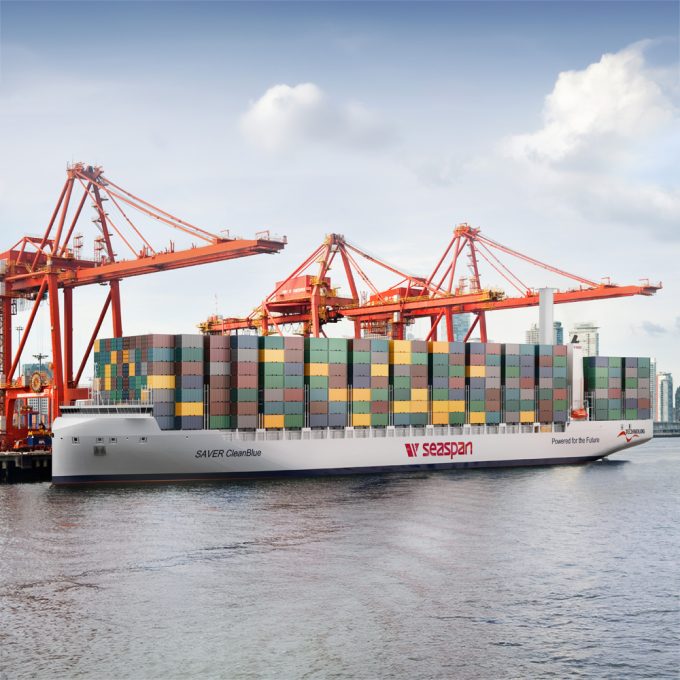Orders for new box ships continue to arrive at shipyards, despite rate fears
Liner operators and tonnage providers continue to defy the downward pressure on freight rates with ...

A new design for an LNG-powered feeder, developed by Technolog for Seaspan, splits the difference between the Maersk ‘house-forward’ approach, and conventional mid-bridge ship design, by splitting its superstructure into two.
No capacity details have been released for the 198m vessel design, which won Lloyd’s Register ...

Comment on this article